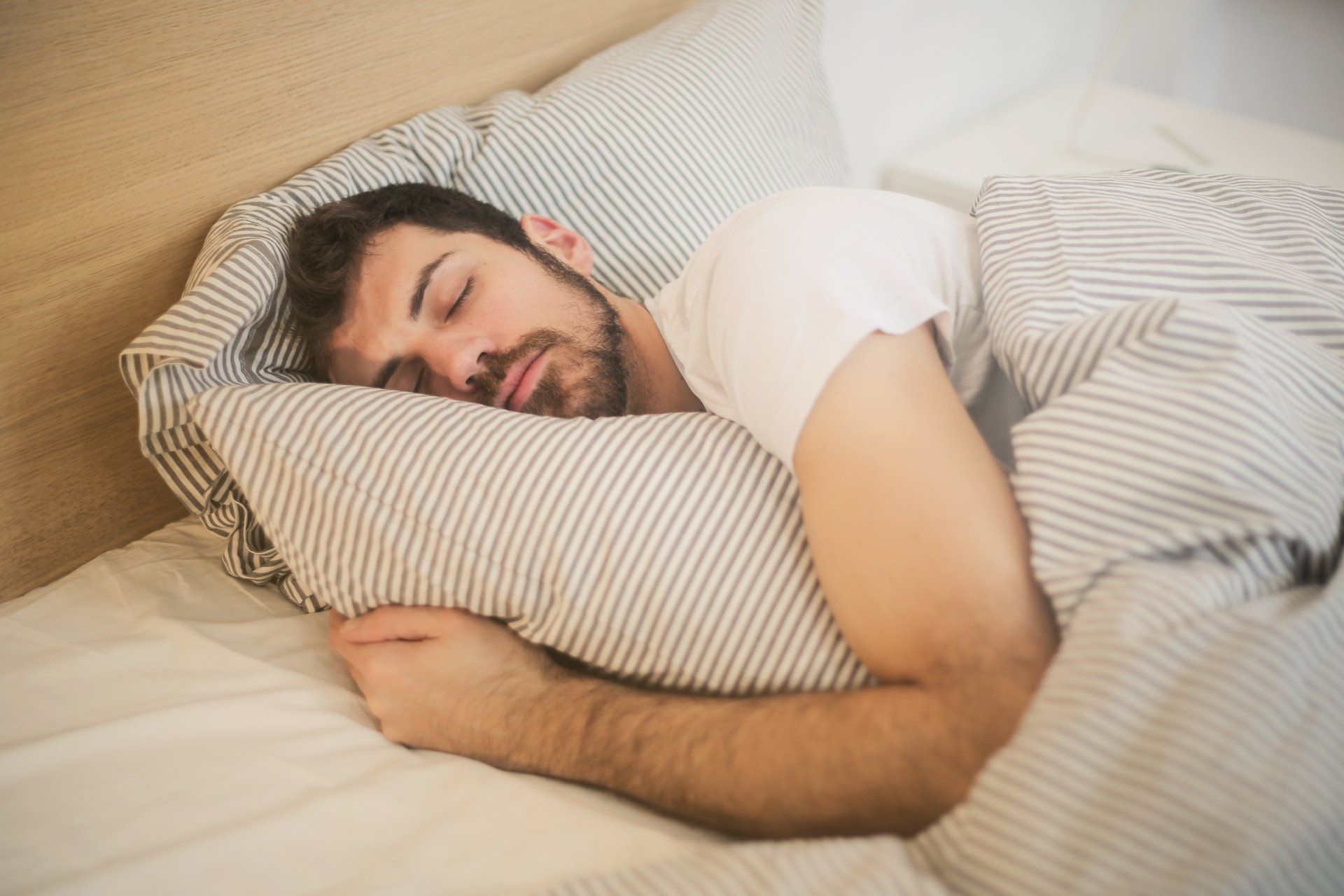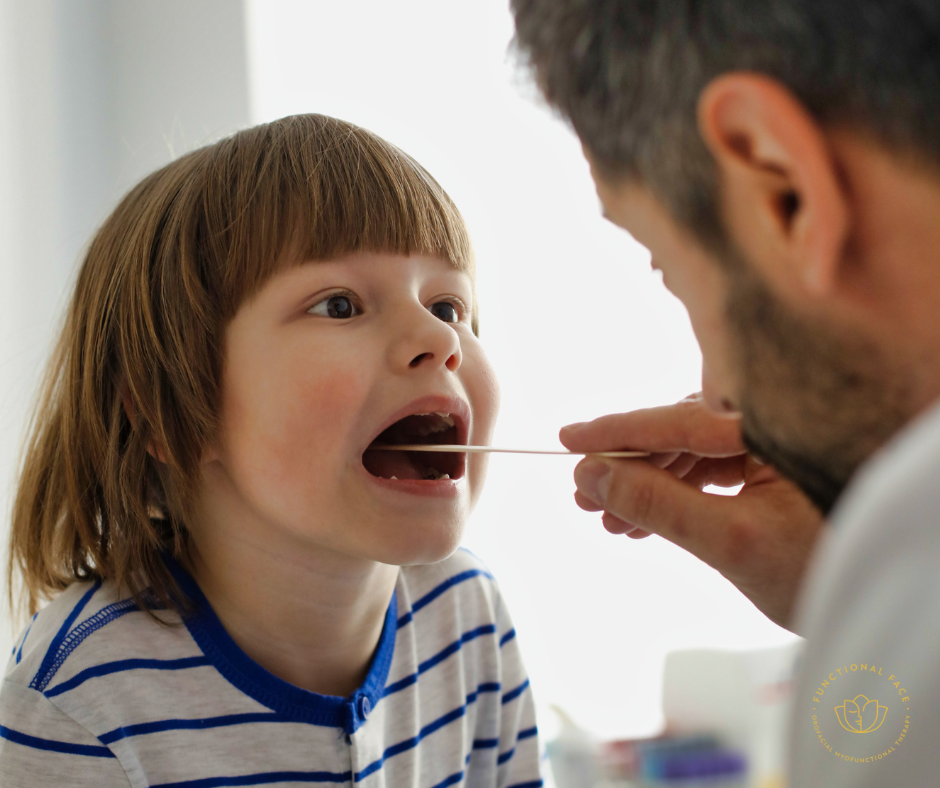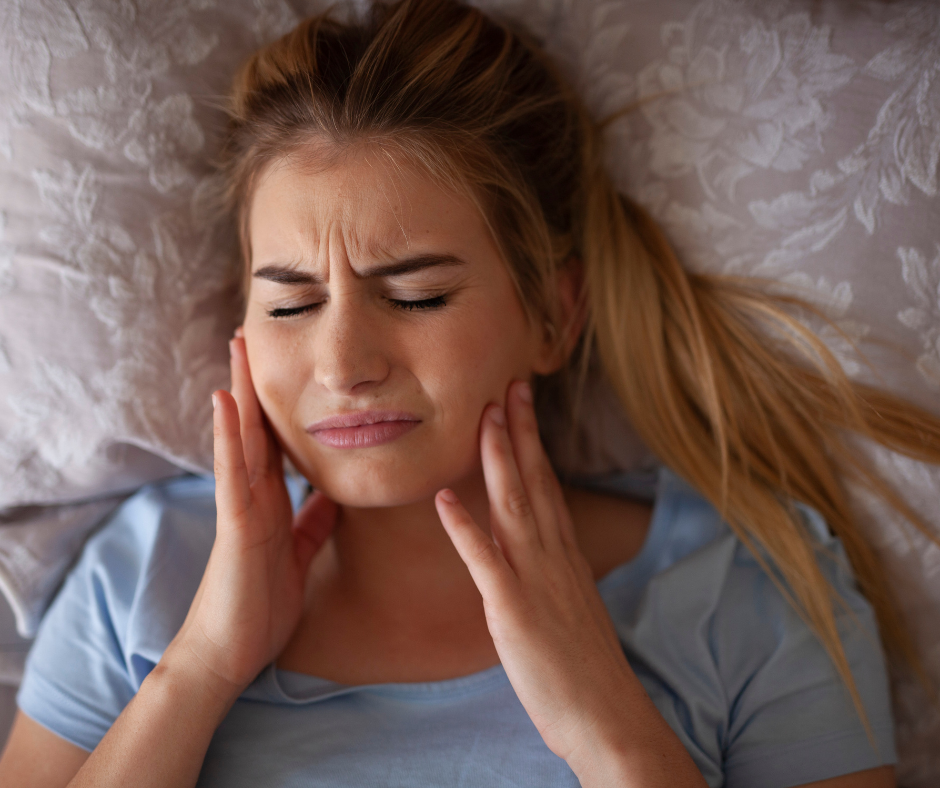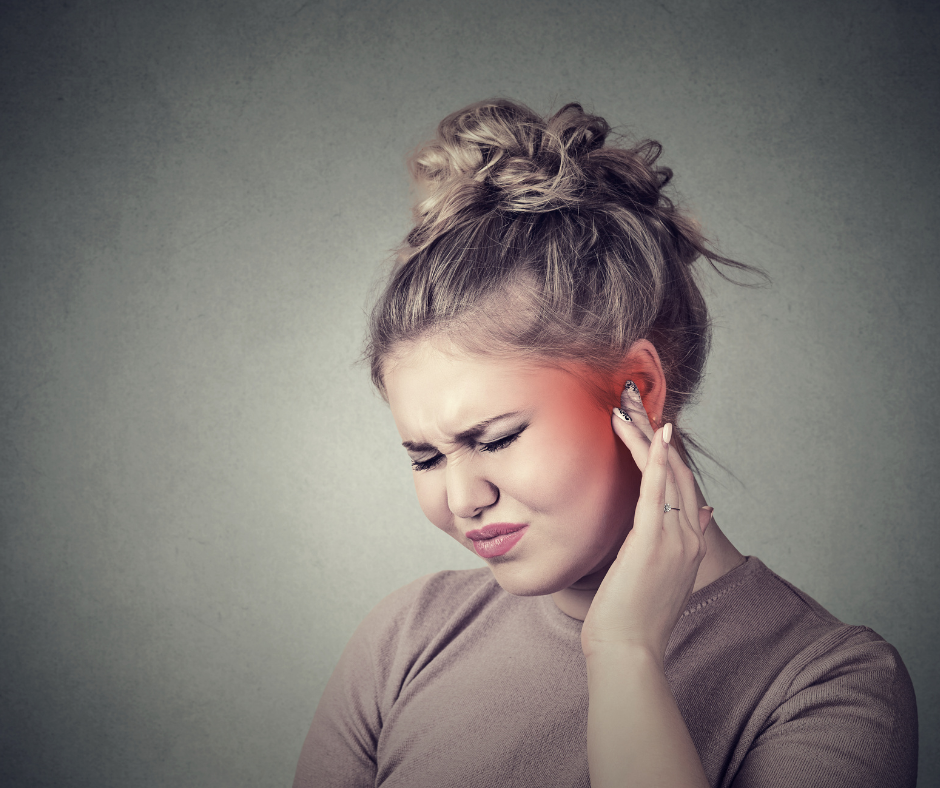Orofacial myofunctional therapy can be a game-changer for those struggling with sleep issues.

If you are struggling with sleep disordered breathing, like obstructive sleep apnea (OSA), you may be wondering what treatment options are available to you. While there are various approaches to treating sleep disordered breathing, one effective and often overlooked therapy is myofunctional therapy.
The goal of myofunctional therapy is to improve the function of the muscles used in breathing, swallowing, and speaking. In the context of sleep disordered breathing, myofunctional therapy can be particularly effective because it targets the muscles that play a key role in maintaining an open airway during sleep. Specifically, myofunctional therapy can help to strengthen the tongue, lips, and facial muscles, which can help to prevent airway collapse and improve breathing patterns which helps alleviate symptoms of sleep-disordered breathing, including snoring and OSA.
There are a number of reasons why myofunctional therapy should be a part of your treatment plan if you have sleep-disordered breathing. Here are just a few:
1. It can improve the strength and coordination of the muscles involved in breathing.
When the muscles of the face and mouth are weak or poorly coordinated, it can contribute to sleep-disordered breathing. Myofunctional therapy can help improve the strength and coordination of these muscles, making it easier to breathe during sleep. Research has shown that myofunctional therapy can lead to significant improvements in breathing patterns and snoring, as well as a reduction in symptoms of OSA (1).
2. It complements other sleep apnea treatments for a more holistic and comprehensive approach
By addressing the underlying muscle dysfunctions, myofunctional therapy can complement other sleep apnea treatments, such as continuous positive airway pressure (CPAP) machines or oral appliances, for more effective management of sleep apnea. For many people who rely on continuous positive airway pressure (CPAP) machines, despite their effectiveness, they can also be uncomfortable and inconvenient. Myofunctional therapy has been shown to improve CPAP compliance and in some cases has reduced the need for CPAP by improving the function of the muscles used in breathing (1,2).
3. It can improve overall quality of life.
Sleep-disordered breathing can have a major impact on quality of life, contributing to daytime fatigue, irritability, and other issues. Myofunctional therapy can help improve sleep quality, reduce snoring, and alleviate symptoms of OSA, leading to a better overall quality of life (4).
Of course, myofunctional therapy is not a one-size-fits-all solution. However, it is a valuable adjunct to treating sleep disordered breathing that should not be overlooked. If you are struggling with sleep disordered breathing, myofunctional therapy should be considered as part of your treatment plan. It's important to work with a trained professional to determine if it's right for you. If you're interested in learning more about myofunctional therapy and how it can help with sleep-disordered breathing, reach out to us for a complimentary consultation. If you know you're ready to jump in, you can go ahead and schedule your evaluation here, and we'll create a customized treatment plan just for you. Here's to healthy breathing and sleep!
References:
- Camacho, M., Certal, V., Abdullatif, J., Zaghi, S., Ruoff, C. M., Capasso, R., & Kushida, C. A. (2015). Myofunctional therapy to treat obstructive sleep apnea: a systematic review and meta-analysis. Sleep, 38(5), 669-675.
- Guimaraes, K. C., Drager, L. F., Genta, P. R., Marcondes, B. F., Lorenzi-Filho, G., & Prado, L. B. (2009). Effects of oropharyngeal exercises on snoring: a randomized trial. Chest, 136(3), 767-774.
- De Felício, C. M., da Silva Dias, F. V., Trawitzki, L. V. V., & Haddad, F. L. (2018). Myofunctional therapy improves adherence to continuous positive airway pressure treatment. Sleep & breathing = Schlaf & Atmung, 22(3), 703–710. doi: 10.1007/s11325-018-1627-4
4. Camacho, M., Guilleminault, C., Wei, J.M., & Bhattacharyya, N. (2019). Oropharyngeal and tongue exercises (myofunctional therapy) for
snoring: a systematic review and meta- analysis.











